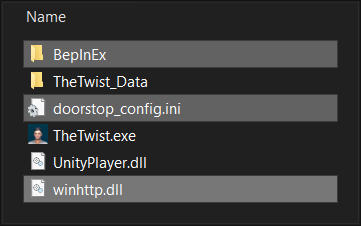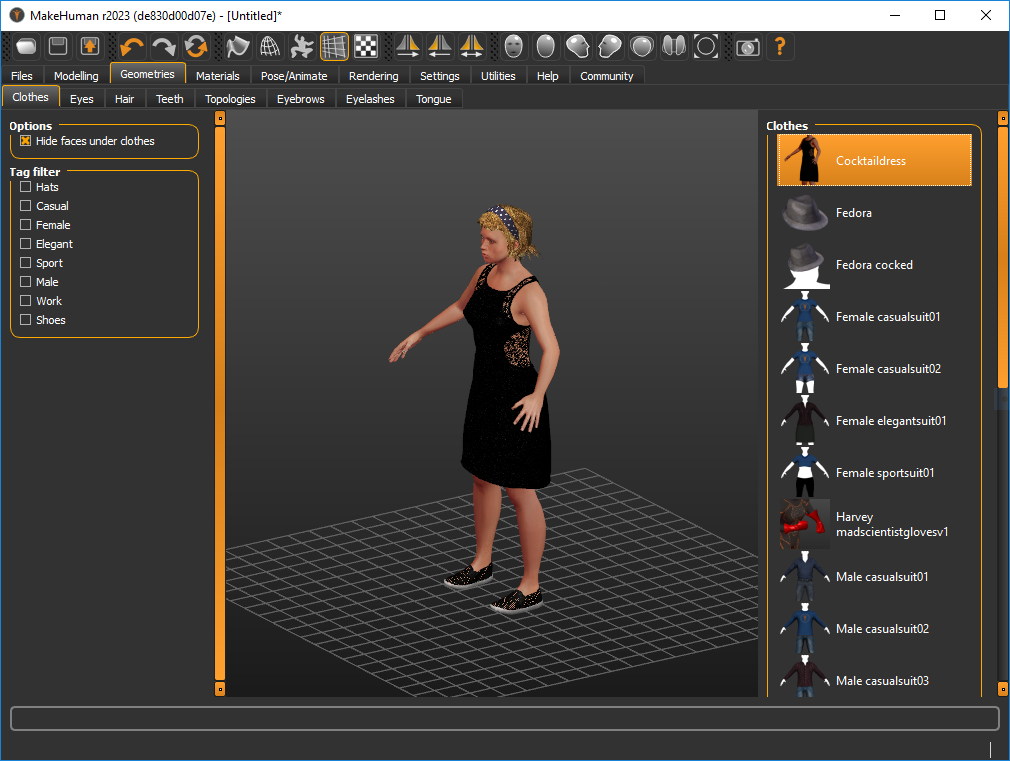



For example, if you want to export a complex rig from Maya, you can bake the deformation onto skin weights before you export the Model to. Make sure that you bake deformers onto the models in your application before exporting to the. The following table outlines special considerations you should make for each asset type to work most optimally in Unity: ObjectĪll NURBS, NURMS, splines, patches, and subdiv surfaces must be converted to polygons (triangulation or quadrangulation) This helps remove unwanted data from your scene, and also means you can use a preset or custom scene exporter to automate or simplify the export process. More info See in Glossary objects are essential but others might be unnecessary, so you can optimize the data in Unity by keeping only the essential objects. In each Scene, you place your environments, obstacles, and decorations, essentially designing and building your game in pieces. Think of each unique Scene file as a unique level. Think about what you want to export: some scene A Scene contains the environments and menus of your game. When importing Model files into Unity from a 3D modeling application with a different scaling factor, you can convert the file units to use the Unity scale by enabling the Convert Units option.īefore you import your files into Unity, there are a number of steps you should follow to ensure that your files are optimized in the best way.

The defaults for different 3D packages are as follows: ~Side note I've been trying to do this for a VRChat Model I had created.Unity’s physics and lighting systems expect 1 meter in the game world to be 1 unit in the imported Model file A file containing a 3D data, which may include definitions for meshes, bones, animation, materials and textures. I showed my assets bar so you can see the texture and the material I applied it to if it is helpful. This should automatically apply the texture to that material. Select the one that corresponds with the material you selected and hit apply. In there should also be the textures you drag and dropped. Click on the small bubble on its left and it should open up a window with a lot of, I'm assuming, default textures. png's I unpacked from blender) Select one of the Materials you want to texture and look in the "Inspector" window. Then you are going to want to drag and drop all the textures that you need into this folder as well. instead of worrying about the "Extract textures." button, look at the one bellow it, "Extract Materials." Click this and extract them to a folder in your project. This is how to manually apply the textures to the materials. It seems obvious now that I've figured it out but it really wasn't for hours of googling lol. I found a solution finally!!! After hours of searching! Hopefully this works for everyone using Blender who are still lost.


 0 kommentar(er)
0 kommentar(er)
